Wow just read this whole thread. Awesome awesome awesome. I am in the process of planing a system. Would you give some updated reviews on the controller and the program for the ipad/ cell phone. Thanks again for an awesome documentation on your beautifully built system.
No problem.
I am not an IT guy whatsoever, so bear with my use of terminology. I went with the 30 amp. control panel with a built in BCS module, which I purchased from
www.ebrewsupply.com. The owner's name is Ryan and he is great to work with both during the planning/ordering process, as well as after the fact with programming. The BCS (Brewery Control System) is a little micro-computer module that can be programmed to control all phases of the brewing process. With my system, there are some things that I have to do manually, such as open and close my valves during the different brewing steps, switch hoses, etc. The BCS is what controls my outputs.....pumps and heating elements, as well as my inputs.....temp. probes for HLT, MLT, BK, and plate chiller. The BCS is capable of doing much more than I use it for. For instance, it can control outputs for electronic valves for hard plumbed systems, as well inputs for float switches for volumetric control to name a few. Some guys use the BCS to control their fermentations chambers as well, but I already built my own control center for that long before I purchased this panel.
Essentially, I went with the 30 amp. system, because I do not plan on doing back to back batches, now that I can produce more than twice my prior volume. I don't have a need for 2 heating elements firing at the same time, so I went with the 30 amp. system to save a few bucks. The 50 amp system is capable of handling 2 elements simultaneously as well as providing power for the pumps. I spend a solid year planning and trying to decide what panel I wanted to go with. Essentially, like most of us on HBT, I started by exploring Kal's panel on
www.theelectricbrewery.com, which is absolutely amazing. However, the cost of that panel was something like $2500 for the fully assembled version and I believe $1500 for the unassembled version. Then I came across the ebrew supply panel and it was $1500 fully assembled and ready to go. I simply didn't have 40 hrs. to devote to assembling my own panel and like I said, I'm not a tech. guy, so I went with Ryan's panel.
At the time, ebrew supply focused more on the automated panels, but were just started to produce panels with manual switches, PID's, etc. However, in speaking with Ryan, those panels were actually a little more expensive, as the BCS that handles a lot of these functions on a web based platform and is relatively inexpensive. I upgraded for $75 to have Ryan install a little wi-fi adapter, so that I didn't need to run an ethernet cable over to the panel and didn't have to tie it into my home network if I didn't want to. Ryan was nice enough to pre-load his brewing process into the BCS and had he not done that, it honestly would have been a train wreck for me.
The BCS based control panel takes a little time to get the hang of while programming the various processes, as well as the states and exit strategies within those processes that allow the program to transition from one process to the next. I supposed that if you have even a basic background in programming, it would be very simple, but for me there was a large learning curve. Thankfully, Ryan was great in assisting me with several programming glitches that I ran into over the phone and via email. Essentially, the brewing process that he loaded onto my BCS was a little different than my process, so I had to be tweaked a bit. I will say, however, once it is programmed it make the brewing process quite simple.
My only complaint with the BCS platform thus far is the fact that if you want to make small temperature adjustments on the fly, you have to transition out of the main page into the programming, select the process you are currently in, select the state within that process, then scroll down the make the change, then apply that change, then transition back to the main page. At times, I would prefer to just be able to push a damn button on the control panel to fine tune adjustments. Maybe there is still something that I don't know and maybe there is a simpler way to make subtle tweaks during the brewing process, but I'm not currently aware of them.
Also, since I do not have float switches to monitor volume levels within the vessels, there are some states within processes (like the fly sparging process) that I cannot enter an exit strategy to transition from one state to the next. For example, as I start my sparge both pumps are running and I manually adjust the valves to slowly pump wort out of the MLT over to the BK, while at the same time slowly pumping sparge water out of the HLT over to the top of the grain bed in the MLT. During this process, I have a state in which I have the HLT element firing to maintain the sparge water temp., then the next state is for all elements off, then the next state is BK element on. I have to monitor this closely to make sure that the volume isn't getting too low in the HLT to keep the element firing or that there is enough volume in the BK to start firing that element. In these instances, I have to either force jump to the next state on the main page or program the DIN button on the panel to serve as the exit condition for each state. For the longest time I had no idea what the hell the green button on the panel was for, so I called Ryan and he walked me through the process of programming exit strategies, so that when I push the Green button (DIN), it automatically transitions to the next state. This made life much simpler.
Like I said, I really like the panel and now that I have used it a handful of times and worked out the bugs, it has made my life easier. However, at times I wish that I could just manually push buttons and turn switches on the control panel itself, rather than having to use the IPad to access the programming for adjustments. The BCS is designed to fully automate a brewery. I tend to be more hands on in the brewing process, so I will not be adding float switches, electronic valves, or hard plumbing my system for complete automation. On the plus side, you can manually turn on the pumps without having to log onto the BCS, which is handy.
Hope this helps!

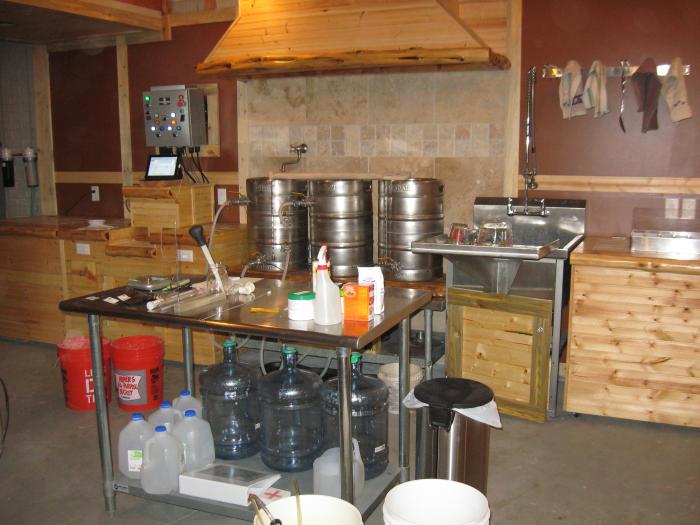
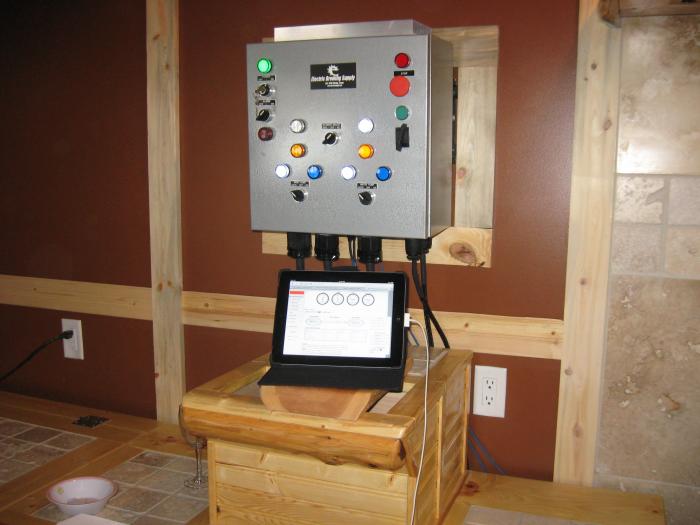










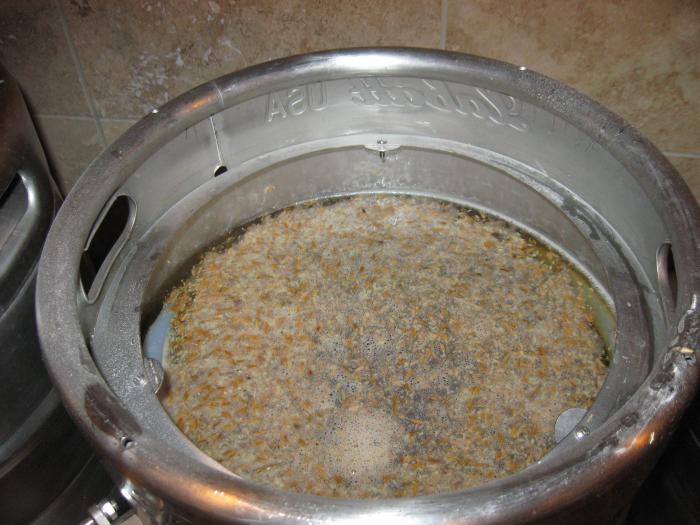
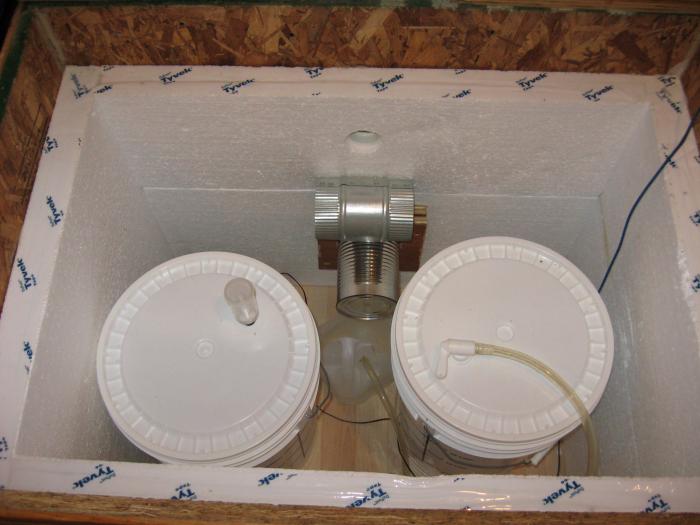
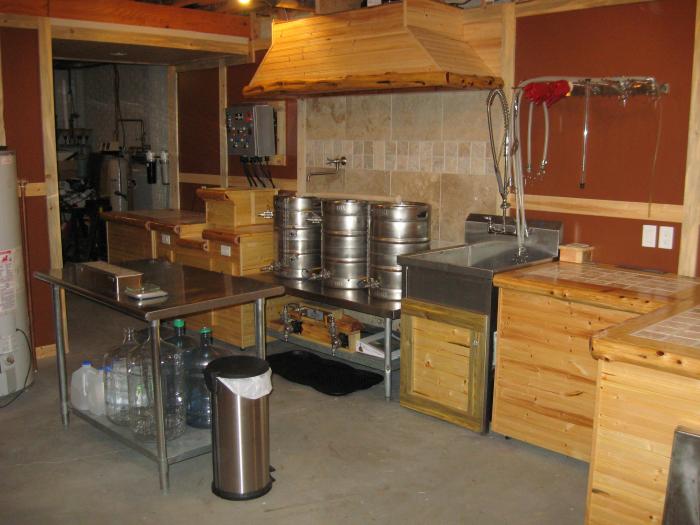

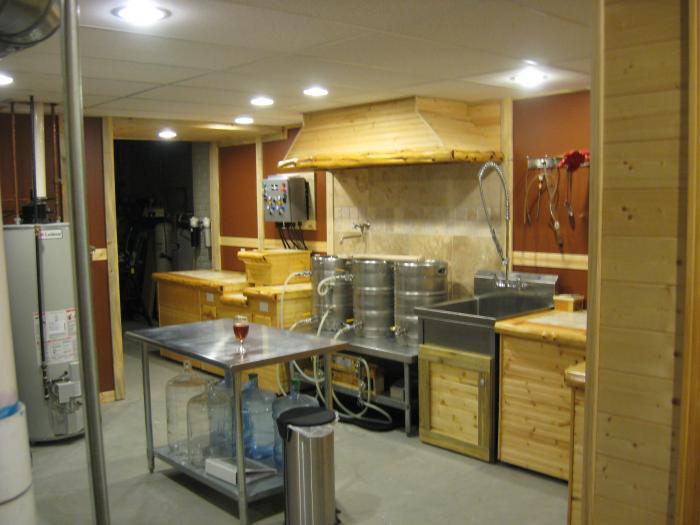



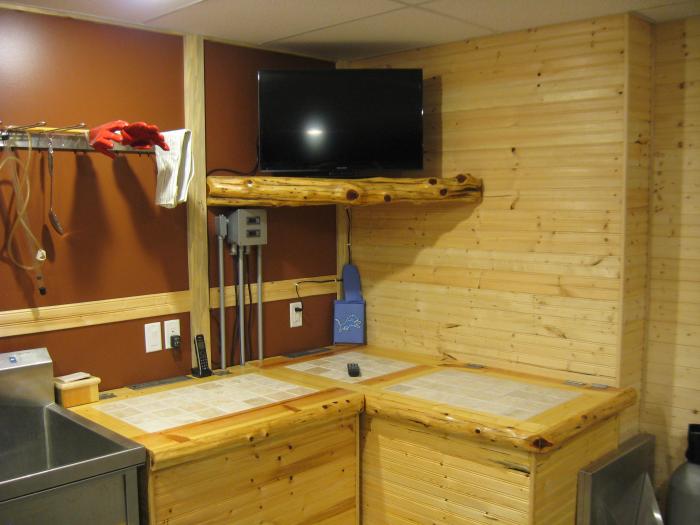

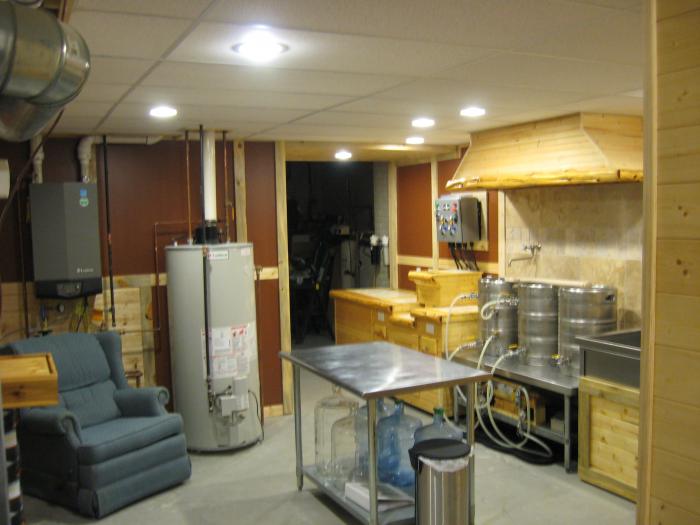


















































![Craft A Brew - Safale S-04 Dry Yeast - Fermentis - English Ale Dry Yeast - For English and American Ales and Hard Apple Ciders - Ingredients for Home Brewing - Beer Making Supplies - [1 Pack]](https://m.media-amazon.com/images/I/41fVGNh6JfL._SL500_.jpg)




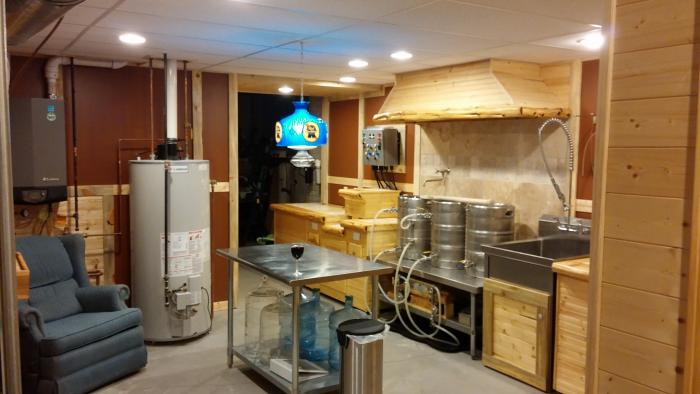
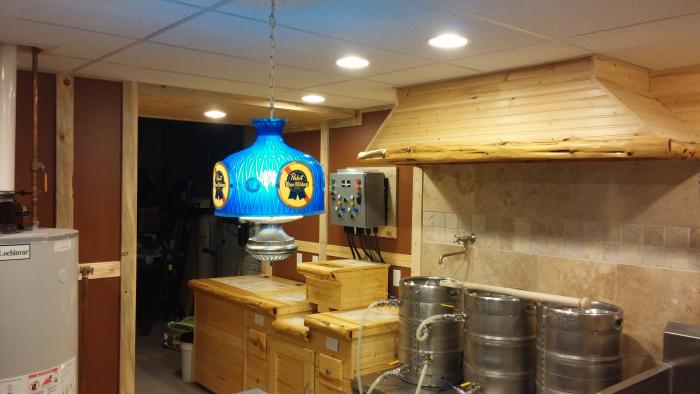

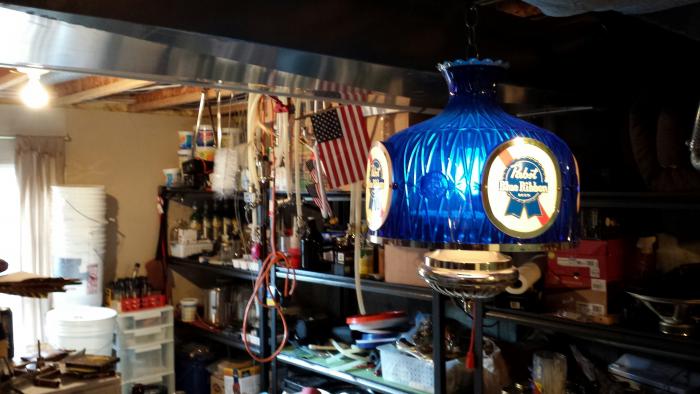
 We installed a pool late last summer, so it's our first full season to use it, which means lots of weekend gatherings at the house. I'm one of those hosts that supplies all of the refreshments for my gatherings, so I'm getting stocked up now. My friends and neighbors know that when they come over, they need not bring anything.
We installed a pool late last summer, so it's our first full season to use it, which means lots of weekend gatherings at the house. I'm one of those hosts that supplies all of the refreshments for my gatherings, so I'm getting stocked up now. My friends and neighbors know that when they come over, they need not bring anything. 